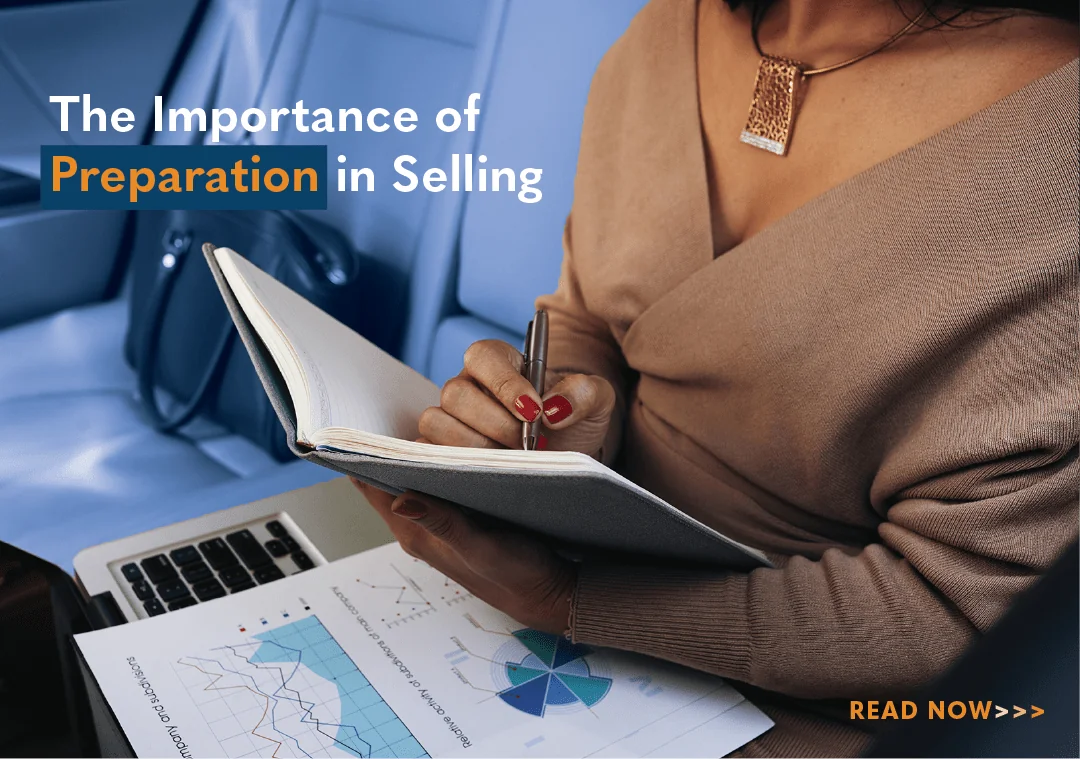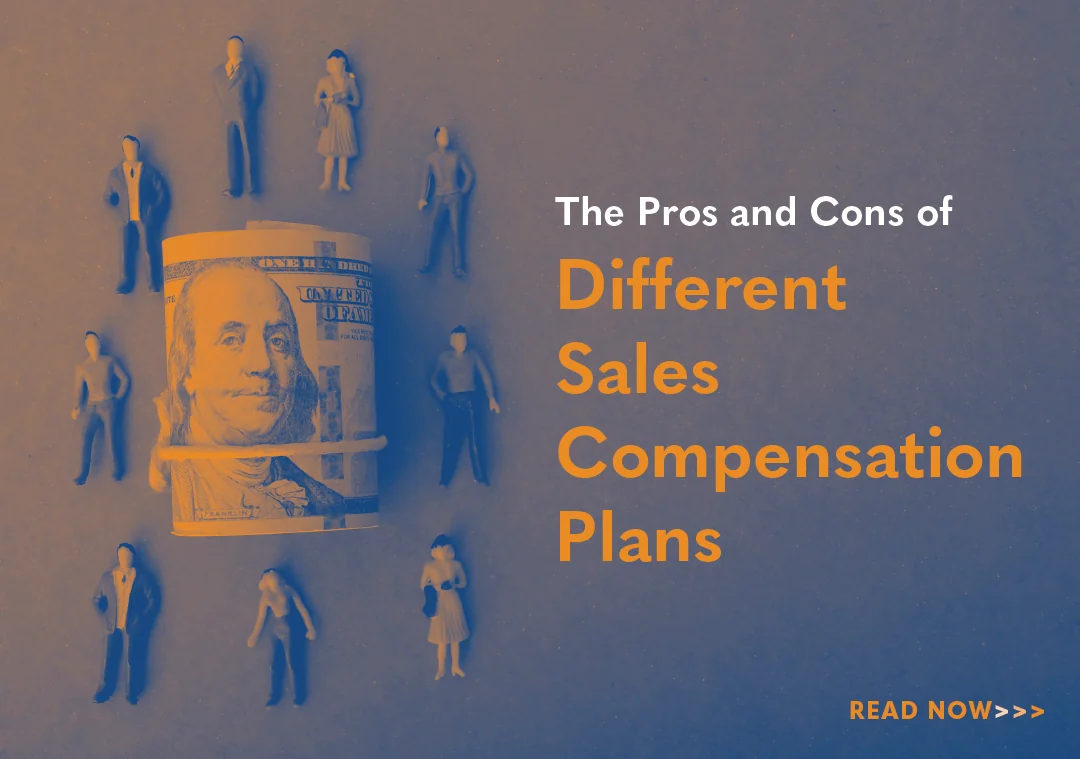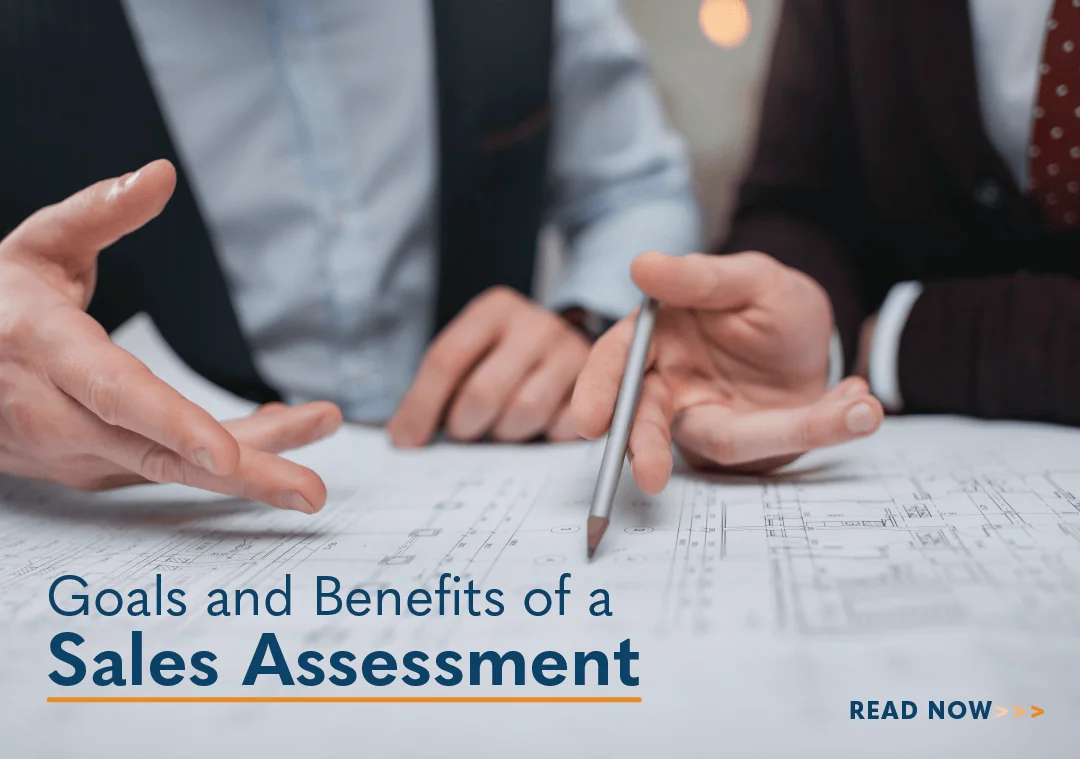Utilizing Buyer Personas in a Business Development Strategy

In sales, a business development strategy is central to understanding and engaging with your customers. Among the myriad of tools and strategies available, one aspect stands out: buyer personas. Crafting detailed buyer personas allows organizations to humanize their target audience. This gains insights into their needs and preferences. Thus, they can tailor their marketing and sales efforts accordingly.
Recently, we hosted the webinar Turbocharging Business Development Strategies. There, we introduced the importance of buyer personas. Here, we’ll go a step further and show how to utilize them to meet your customers’ needs.
The Importance of Buyer Personas
A recent Janek survey showed 83 percent of best-in-class sales organizations have clearly defined buyer personas. This helps achieve the following:
- Implement a targeted communication strategy
- Understand client motivations, pain points, specific needs, and preferences
- Create more effective sales strategies
- Develop more targeted marketing strategies
- Help shape product development and service improvement
- Engage customers better than the competition
Buyer personas provide a detailed profile with insights into who your value proposition needs to reach and attract. It includes who makes and who influences buying decisions. These are the players sellers most need to meet, engage, and interest.
The importance of buyer personas is self-evident. According to SEO specialists THM Agency, companies using buyer personas achieved the following:
- Eighty-two percent improved their value proposition.
- Seventy-one percent of companies that exceed lead generation and revenue goals have documented buyer personas.
- Persona-based content increased customer engagement almost six times when targeting cold leads (10 percent versus 58 percent).
Defining Buyer Personas
Buyer personas are fictional representations of your ideal customers. These are based on market research and real data about your existing customers. More specifically, for your target audience, they encompass:
- Demographic information
- Behavior patterns
- Motivations
- Goals
- Challenges
In essence, buyer personas provide a comprehensive understanding of who your customers are. They enable sellers to know what drives them and how they make purchasing decisions.
As B2B transactions grow more complex, with an increasing number of stakeholders, creating accurate buyer personas is critical. Each persona represents a distinct segment of your target market. These are characterized by their unique needs, pain points, and priorities. By delineating these personas, sales organizations can tailor their messaging and offerings to effectively resonate with each segment.
The Creation Process
Crafting insightful buyer personas requires a systematic approach. This should combine both quantitative and qualitative research methods and encompasses the following:
- Market research
- Customer surveys and interviews
- Data analysis
- Persona development
- Validation and iteration
Start by gathering demographic data, industry trends, and market insights relevant to your target market. This foundational research provides a macro-level understanding of the landscape in which your organization operates.
Engage with existing customers through surveys and interviews. This requires gathering firsthand insights into their needs, challenges, and buying behaviors. Salespeople are on the front lines of customer engagement. This includes BDRs and account managers. These distinct roles can provide unique insights at different stages of the sales funnel.
In addition, use Likert scales. These are flexible and typically utilize between five and 10 preferences. They are a great way to examine a variety of sentiments. Plus, they can easily reveal trends and patterns. Additional surveys to consider include:
- Net Promoter Score (NPS), which measures the perception of your brand and provides insight into customer loyalty
- Customer Satisfaction (CSAT), which measures how well your products/services meet or exceed expectations
- Customer Effort Score (CES), which measures the effort customers require to receive information and resolve issues
- Product Market Fit (PMF), which measures how well products satisfy demand and perform against the competition
Ask open-ended questions to encourage detailed responses and uncover valuable information. This should include their experience at different levels of the sales funnel. For example, “Can you describe your initial impression of our company?” And “How did our products/services meet your needs?” Most importantly, actively listen to gain deeper insights.
Analyze the data collected from surveys, interviews, and market research. From this, you can identify recurring patterns, pain points, and preferences among your target audience. Look for commonalities and differences to effectively segment your audience.
Based on your findings, create detailed profiles for each buyer persona. This should include demographic information, such as roles, goals, preferred communication channels, challenges, and common objections. Give each persona a name and a visual representation to further humanize them. The deeper you go, the more real and relevant your persona. As such, consider the following:
- Age
- Where they live
- Marital status
- Kids/pets
- Education
- Years of service
- Career goals
- Spending habits
- Spending power
- Outside interests
Validate the accuracy of your buyer personas. Cross-reference them with real-world data from your sales and marketing teams. These team members best know your prospects and clients, so seek their feedback often. Remember, your customer data will fluctuate. Consistently reevaluate the personas to ensure alignment with the evolving needs of your target audience.
Implementing Buyer Personas in Your Business Development Strategy
Once you’ve developed buyer personas, it’s time to integrate them into your business development strategy. Here are some key areas where buyer personas play a pivotal role:
- Lead generation
- Customer experience
- Content creation
- Sales enablement
- Marketing ROI
Design targeted lead generation campaigns that speak directly to the concerns and objectives of your buyer personas. Use personalized messaging and segmentation strategies to effectively capture the attention of different audiences. Today, AI’s sentiment analysis can sift through a customer’s specific words in emails and recorded sales calls. You can then personalize emails and campaigns targeted to your personas. It can also automate the process of sending.
Enhance the customer experience by aligning your products, services, and support offerings with your buyer personas’ preferences. Anticipate their needs at every stage of the buyer’s journey and tailor your interactions accordingly.
Tailor your content marketing efforts to address the specific needs and pain points of each buyer persona. Develop educational resources and thought leadership content that resonates with their interests and challenges. This should include blogs, case studies, and white papers.
Equip your sales team with the insights and resources they need to engage with prospects in a meaningful way. Provide them with persona-specific talking points, objection handling techniques, and collateral to guide their conversations and presentations. Measure the impact of your B2B business development efforts by tracking key metrics. These include lead conversion rates, customer acquisition costs, and customer lifetime value across different buyer personas. Use this data to refine your strategies and optimize your marketing ROI over time.
Conclusion
In business development, understanding your target audience is essential to success. Buyer personas are invaluable to gain deeper insights into the needs, preferences, and behaviors of your ideal customers. Therefore, investing time and resources into creating accurate buyer personas is critical.
In addition, organizations must effectively integrate these into their business development strategies. Doing so lets you unlock new opportunities for growth, enhance customer engagement, and drive sustainable results.
For additional information, check out our webinar, Turbocharging Business Development Strategies.

- Account Planning (11)
- Awards (49)
- Client Testimonial (37)
- Personal Branding (19)
- Podcast (11)
- Research (70)
- Sales Career Development (87)
- Sales Coaching (156)
- Sales Consulting (137)
- Sales Culture (170)
- Sales Enablement (354)
- Sales Leadership (109)
- Sales Management (248)
- Sales Negotiation (16)
- Sales Prospecting (125)
- Sales Role-Playing (18)
- Sales Training (235)
- Selling Strategies (263)
- Soft Skills (70)
- Talent Management (94)
- Trusted Advisor (27)
- Virtual Selling (49)
- Webinar (9)


























